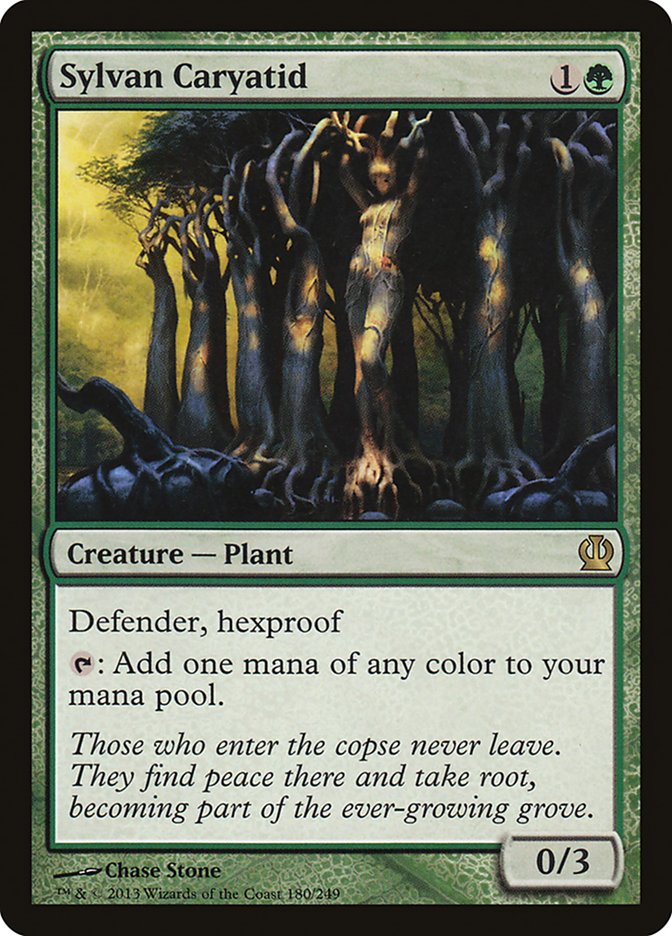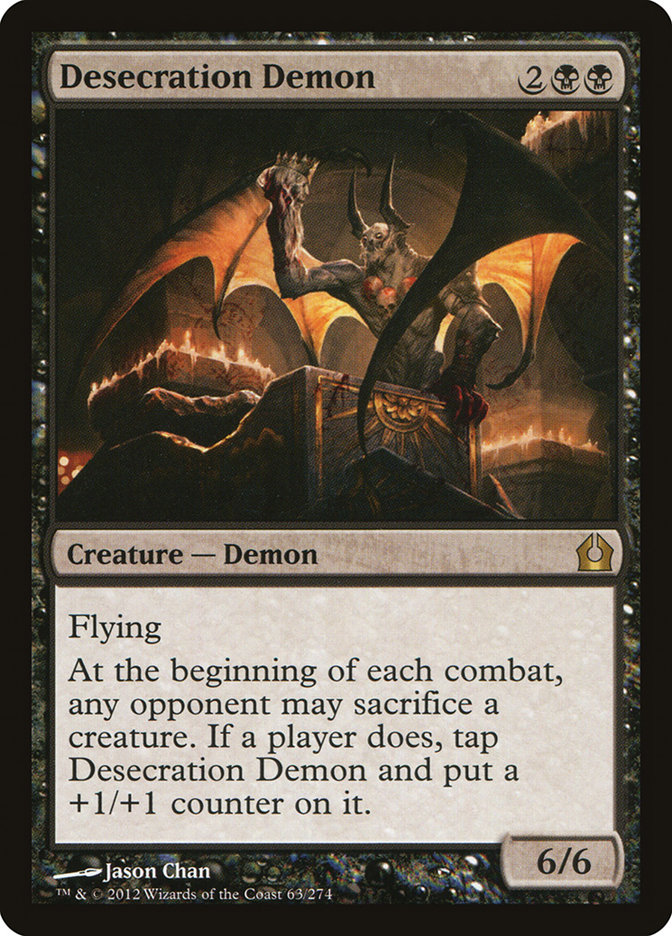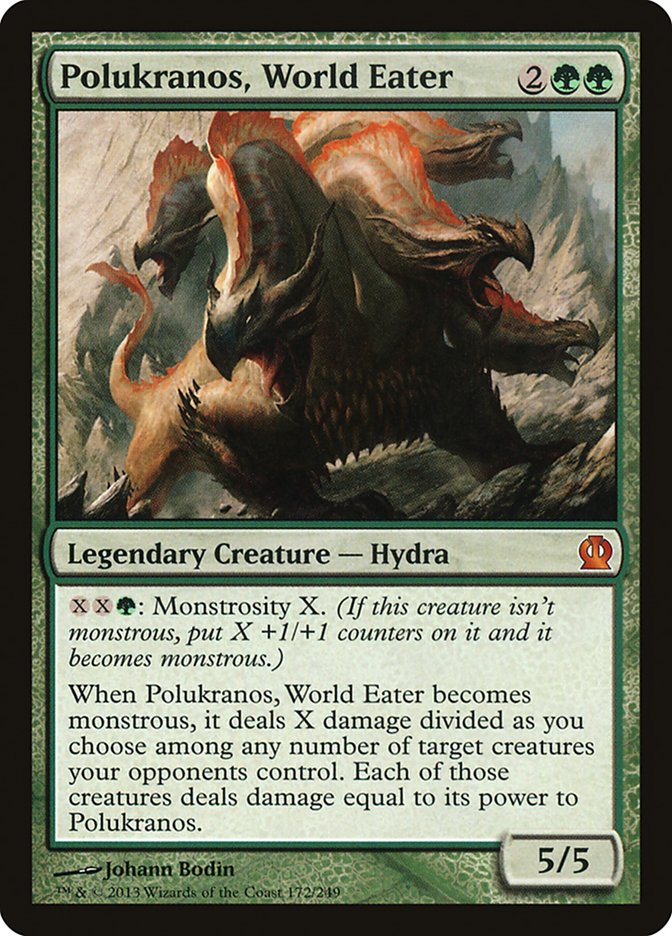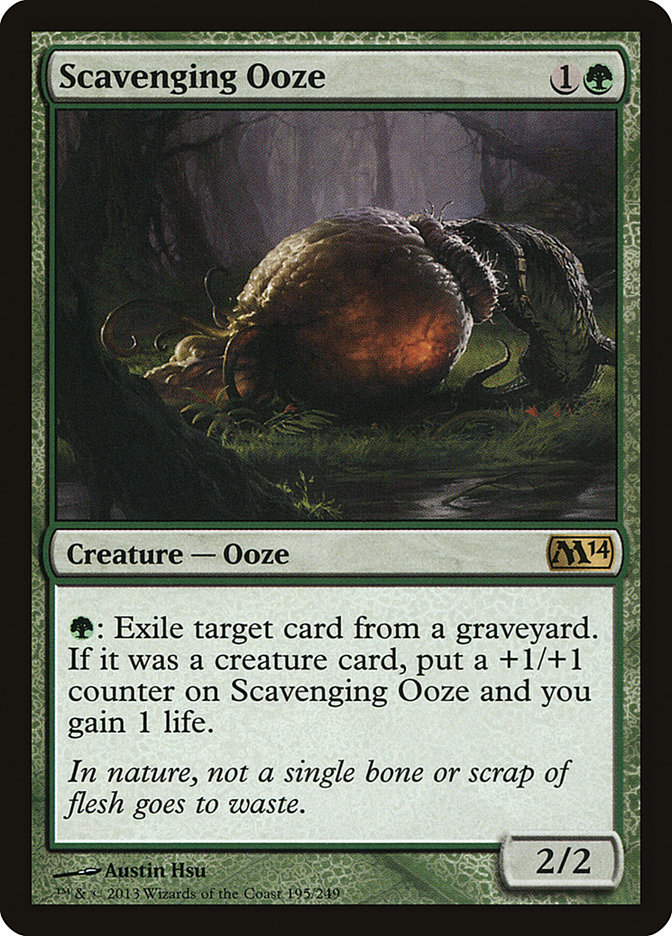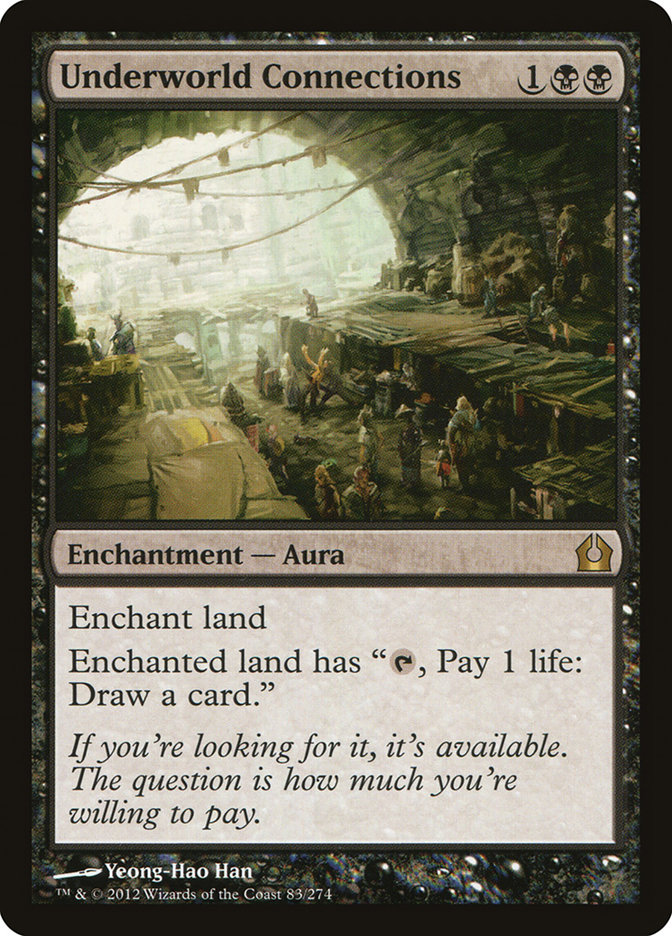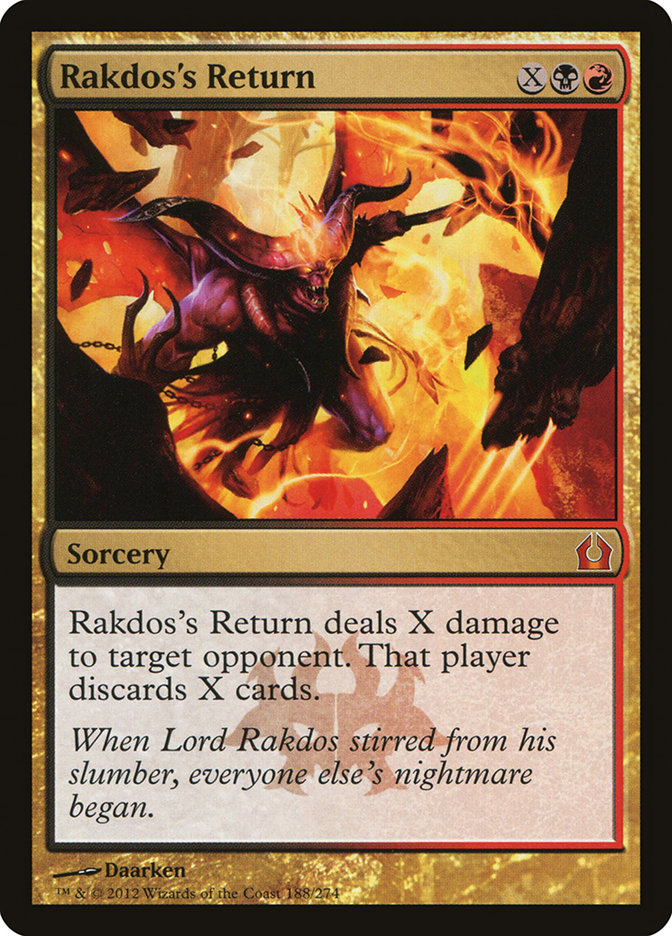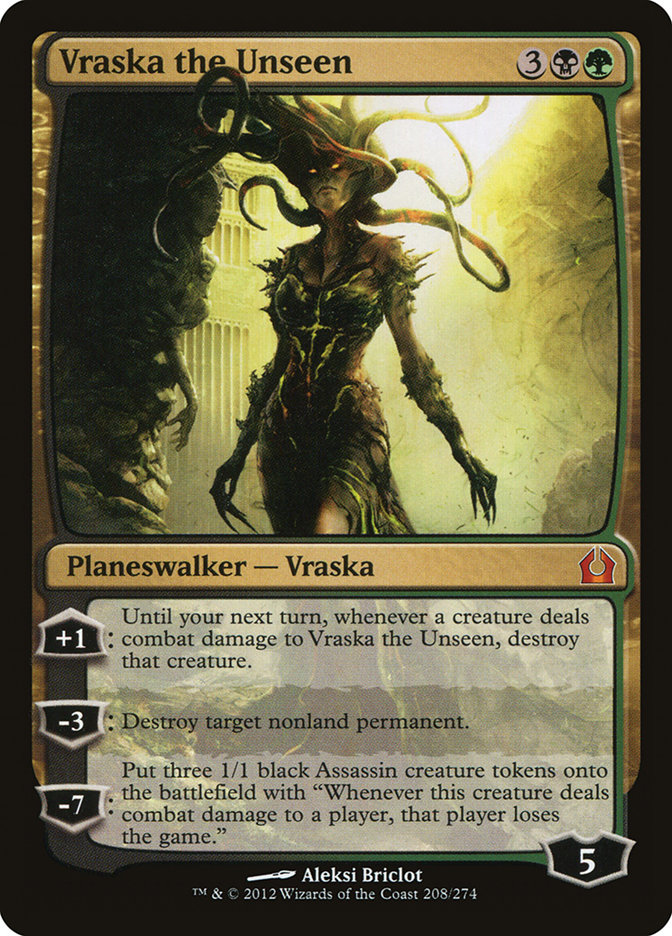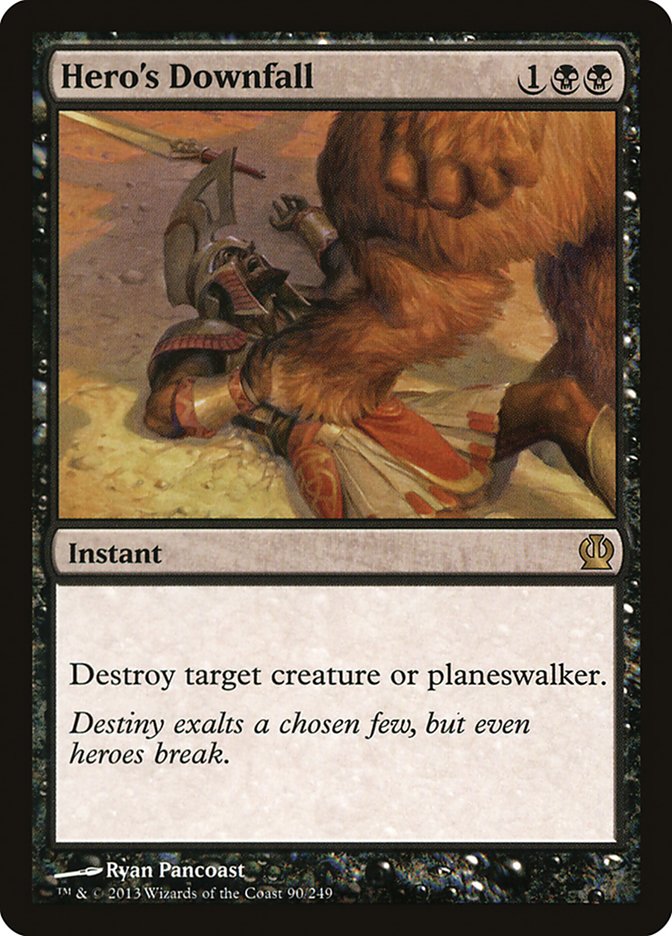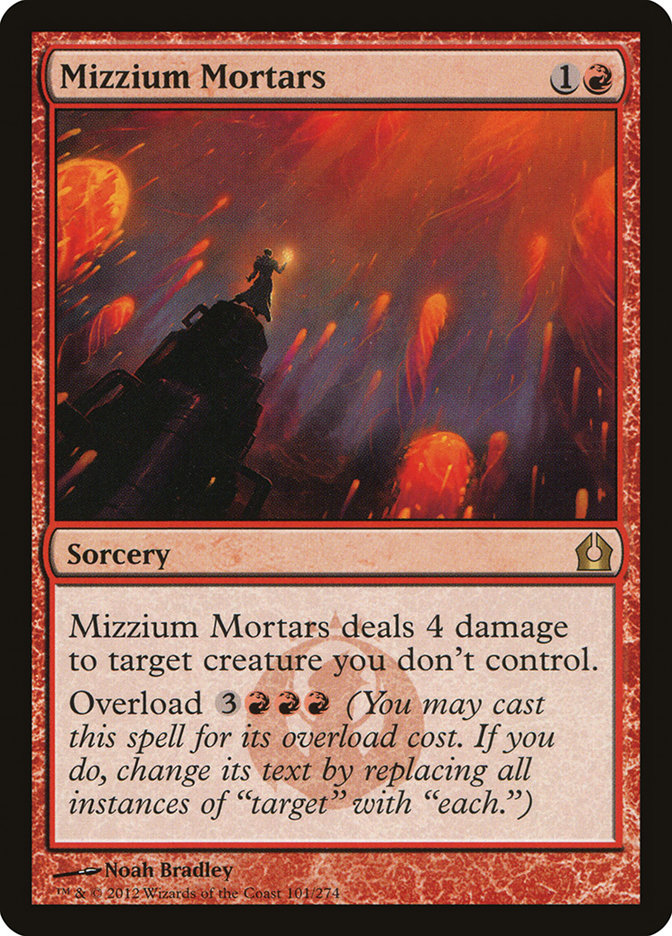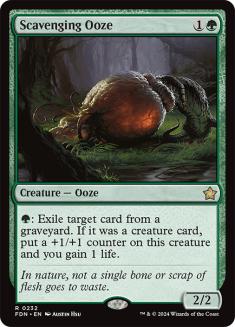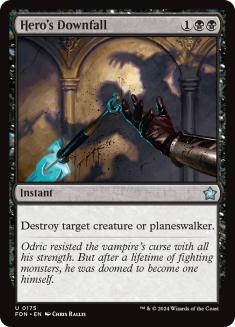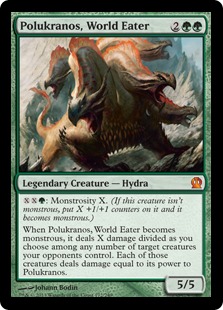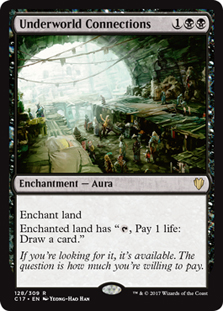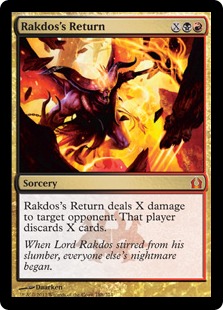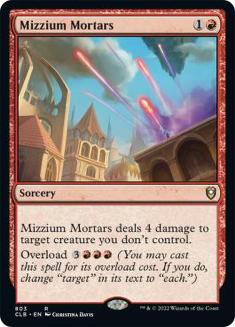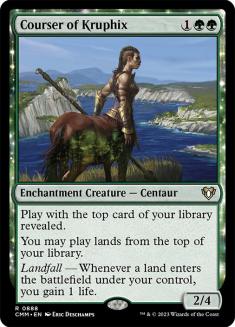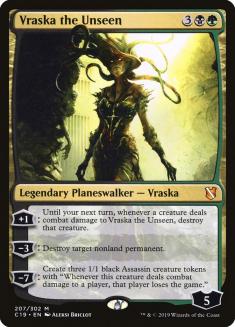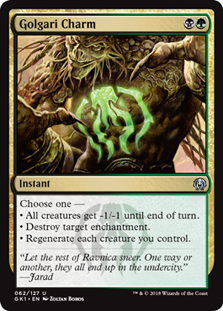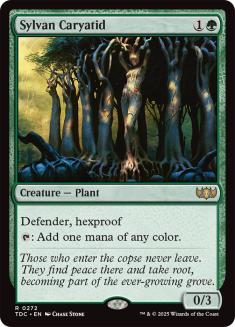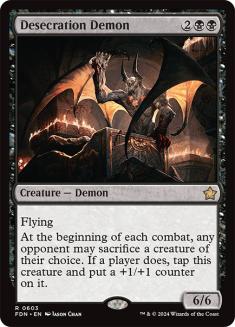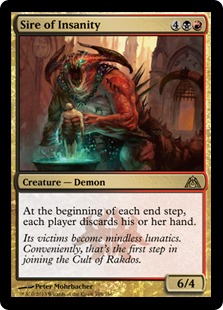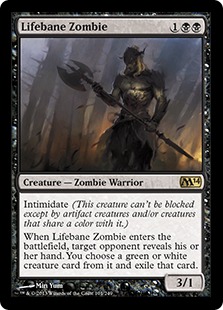As formats develop and the card pool gets bigger, players have access to stronger cards and are able to build more synergistic decks. Jund has always remained a constant among formats for its sheer power, proactive card advantage, and ability to dismantle the plans of your opponent.
Standard Jund has been missing a proactive card advantage source for quite some time now. Without Thragtusk, Huntmaster of the Fells, or something like Bloodbraid Elf, we mostly had a pile of good cards that would run out of steam or draw the wrong answers at the wrong times.
The last time that Jund was seen and talked about in Standard was when Matt Costa won the SCG Standard Open in Providence last year. A few things have changed since then, notably the introduction of Courser of Kruphix, access to a second scry Temple, and the format becoming soft to Rakdos’s Return. By getting more value out of playing defensively, you can lean less on hard threats like Stormbreath Dragon. This is the version that I’ve been working on:
Creatures (16)
Planeswalkers (1)
Lands (25)
Spells (18)

The spells in the maindeck are as close to perfect as I can currently imagine, while the mana base is admittedly confusing. Any deck with four Thoughtseizes and four Hero’s Downfalls stands a fighting chance in the now open field that is Born of the Gods Standard.
The lack of a Golgari Temple makes for quite the workaround. You want to conserve life, and I have been happy with the high number of basic lands in the deck along with the low number of shock lands. The 3/3/3 split of Golgari Guildgate, Temple of Malice, and Temple of Abandon has felt the best thus far. Golgari Guildgate, albeit embarrassing looking, is perfectly fine given the fact that this deck rarely needs to be scrying on turn 1. Since this deck doesn’t have countermagic and has varied threats and answers, it’s wise to wait on your Temples until you have more information.
Let’s move on to the card choices.
Doing everything from blocking 2/2s, fixing mana, and ramping into Desecration Demon or Rakdos’s Return, Sylvan Caryatid is as good as before and likely better than ever. The printing of Drown in Sorrow has lessened the need for a sweeper like Anger of the Gods by pushing out the viability of small creature aggro decks. As of right now it’s a gambit to not get run over, but in general it’s tough for you to get run over, especially alongside:
I can’t say enough about this card, as Jund would not be a deck without it. I believe this card to be more of a blend of Kitchen Finks and Dark Confidant than anything close to Oracle of Mul Daya. If anything, people should be comparing Oracle of Mul Daya to Kiora, the Crashing Wave. Curving Sylvan Caryatid into Courser of Kruphix and seeing your top card before playing a land is a common occurrence. The life gain has been a welcome freeroll and feels downright unfair when paired with Underworld Connections. It becomes easy to hit the stride of land, spell, spell, land, spell, spell.
The decision to not include Reaper of the Wilds was pretty easy because it’s just not impactful enough. Mono-Black Devotion has shown us that Desecration Demon is good in this Standard format as opposed to the previous Standard where Lingering Souls and friends existed. The line of Thoughtseize, kill that, kill that, play Demon is the main plan against creature decks. Reaper of the Wilds has lost a lot of value with the addition of Courser of Kruphix and the additional scry lands for manipulation.
The deck doesn’t directly have anything that specifically deals with one- or two-toughness creatures in its removal suite, and these are here to clean up the stragglers. It’s rare that you get stuck with an unwanted second copy since even if you do they have to immediately deal with the first before they can be in a winning position.
Following the theme of large creatures, in a large majority of games this ends up becoming a 6/6 or larger. I’d love to fit in another copy, and previously other copies were a necessity because of the sweet life gain. But again, Courser of Kruphix shores up this hole. The deck is a little light on two-drop proactive action, and it’s rare that Scooze is just jammed. But sometimes you need to be doing something, and a grizzly bear can be that something.
This card is as good as ever here. It’s still a tad slow against aggressive decks but is super important against control as one of your best cards. Jund wants to play an attrition game, and this is the engine that makes the deck run at full steam. Read the Bones was the past iteration’s go-to card draw, but the synergy with Courser leaves this far and away the right choice.
Your bomb and plan A. People have forgotten about it, much like Dre. You want to be casting this on turn 4 or 5 for three or four with the help Sylvan Caryatid. In longer games, you tend to have extra free lands due to Courser of Kruphix, making this a real win condition not unlike a late game Bonfire of the Damned. Often you don’t have a targetable creature in play at the beginning stages of the game. and the opponent is left with situational removal in their hand just waiting to be discarded as per Rakdos.
After sideboarding they sometimes want to remove your enchantments like Courser of Kruphix and Underworld Connections with things like Unravel the Aether and Revoke Existence, and you can punish that by playing them post-Return. I’d love to find room for the fourth copy maindeck but am content with three for right now.
As much as I’d like for other planeswalkers to be viable in Jund, there just aren’t any. Xenagos, the Reveler making 2/2s isn’t the angle you want to be attacking on, and there aren’t enough creatures to incorporate Domri Rade or Garruk, Caller of Beasts. Chandra, Pyromaster could work if she didn’t have that nagging RR in her casting cost. Vraska the Unseen has been solving all forms of nonland permanent problems from Detention Sphere and Underworld Connections to planeswalkers and creatures. One of the most exciting things to see is a Jace, Architect of Thought come down and tick up because Courser of Kruphix is threating an attack against it, only to die to this or:
The natural instinct is that Dreadbore is better because of its cheaper cost, but that isn’t the case here. Instant speed and no need for red mana are both critical since you’re often passing with Abrupt Decay mana open and often want to put your lands that produce red into play tapped. Having an Underworld Connections on a Swamp as one of your three mana while holding up Abrupt Decay and this comes up a lot, and you simply respond to what they do, drawing a card from Underworld Connections if you don’t need to use the Hero’s Downfall that turn.
As the format develops, the average casting cost of cards tends to get lower and lower. Running four Abrupt Decays is better than any other two-mana removal option like Devour Flesh, Doom Blade, or Ultimate Price because it can hit both Domri Rade and Detention Sphere as well as any creature that costs three mana or less.
I wouldn’t leave home without four. In such a reactive deck, being able to choose how you want the game to play out on based on how you want to hinder the sweet hand they kept cannot be overestimated. That being said, there aren’t many cheap cards that you can’t deal with, so waiting a little while, like until turn 2 or 3, to cast Thoughtseize is perfectly acceptable.
Mostly a concession to Blood Baron of Vizkopa, you rarely get to overload this, but when you do it’s as much of a blowout as you would think. A second would be nice in a metagame full of B/W Midrange, in which case one of the Abrupt Decays would be moved to the sideboard in its place.
Here’s a quick guide for how to sideboard with this deck.
Mono-Black Devotion
Out:
In:
On the draw, Duress becomes better, and it’s possible to take out a land since the matchup becomes more about ripping each other’s hands apart. It’s less necessary to strip their Underworld Connections since you have Abrupt Decay, Vraska the Unseen, and four Rakdos’s Returns. In Mono-Black Devotion mirrors, its commonplace to sideboard Desecration Demon out because it’s too inefficient against their Dark Betrayals. But since Desecration Demon is your only black creature, it becomes tough for them to justify bringing them in, and if they do its likely you can strip it before you cast the Demon.
B/W Midrange
Out:
In:
You want all of the Mizzium Mortars against Blood Baron of Vizkopa. Courser of Kruphix is the only target for their Last Breaths, so some number of them are shaved until you can confirm that they’re sideboarding them out.
Mono-Blue Devotion
Out:
In:
This is all about picking apart their synergies and getting two-for-ones. Thassa is their biggest threat since you can’t remove it, so it should be taken with Thoughtseize in most cases. Golgari Charm is a nice one against their Master of Waves and also hits Bident of Thassa.
U/W Control
Out:
In:
U/W Control comes in many flavors. Some sideboard into creatures, some win with Elspeth, Sun’s Champion and Aetherling, and some lean on Elixir of Immortality and Jace, Architect of Thought to win. The basic sideboarding premise is that your removal is weak and that noncreature threats are what you want. Two Sylvan Caryatids are sideboarded out because of their weakness to Supreme Verdict.
G/R Monsters
Out:
In:
Rakdos’s Return becomes a little weak given their ability to dump their hand. The main target for your Lifebane Zombie is Xenagos, God of Revels since you have no answer to it if it hits the board other than killing every single creature they play. Lifebane Zombie also does real work putting pressure on Domri Rade and Xenagos, the Reveler.
G/W Aggro
Out:
In:
G/W Aggro has already adapted to the existence of Drown in Sorrow yet still has to respect both it and Anger of the Gods from any Jund deck. I don’t expect this deck to be a huge part of the metagame, but if it is then Drown in Sorrow and possibly some Doom Blades should make the way into your sideboard.
No doubt Courser of Kruphix is here to stay. I wouldn’t be surprised one bit to see a Jund deck in the Top 8 of Pro Tour Born of the Gods next weekend with Courser in it (you can just imagine the power there with fetch lands and Dark Confidant). There are tons of cards choices available and different directions to take Jund, and it’s going to take quite a lot of playing to figure out the correct numbers.
Mono-Black Devotion is the current boogeyman in Standard, but if history repeats itself (spoiler: it does), then Jund will be back crushing dreams and earning blue envelopes again before we know it. I’ve been quite an anti-Jund kind of guy up until now, but the insane yet subtle value that Courser of Kruphix provides has me on this Jund machine. I’m down to see it become well oiled and firing on all cylinders.

